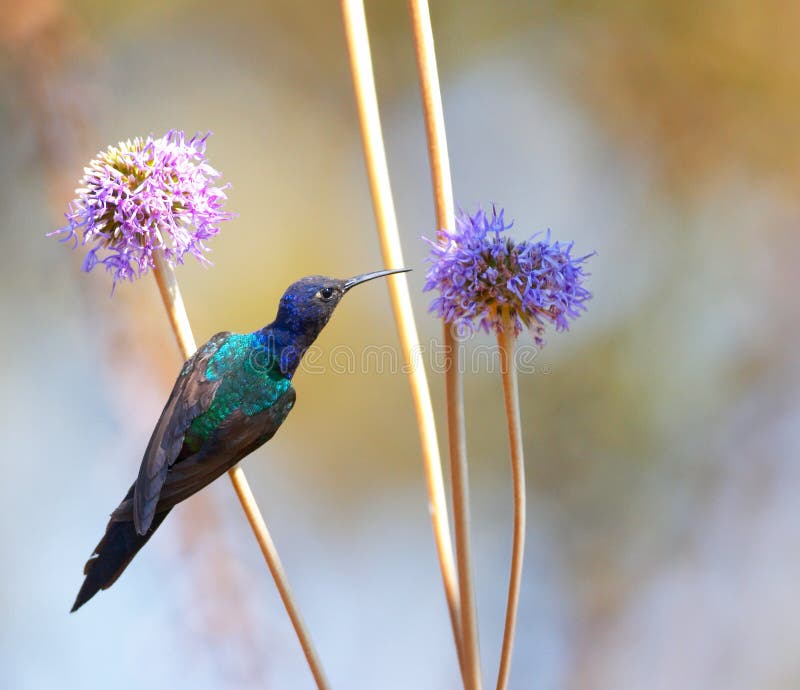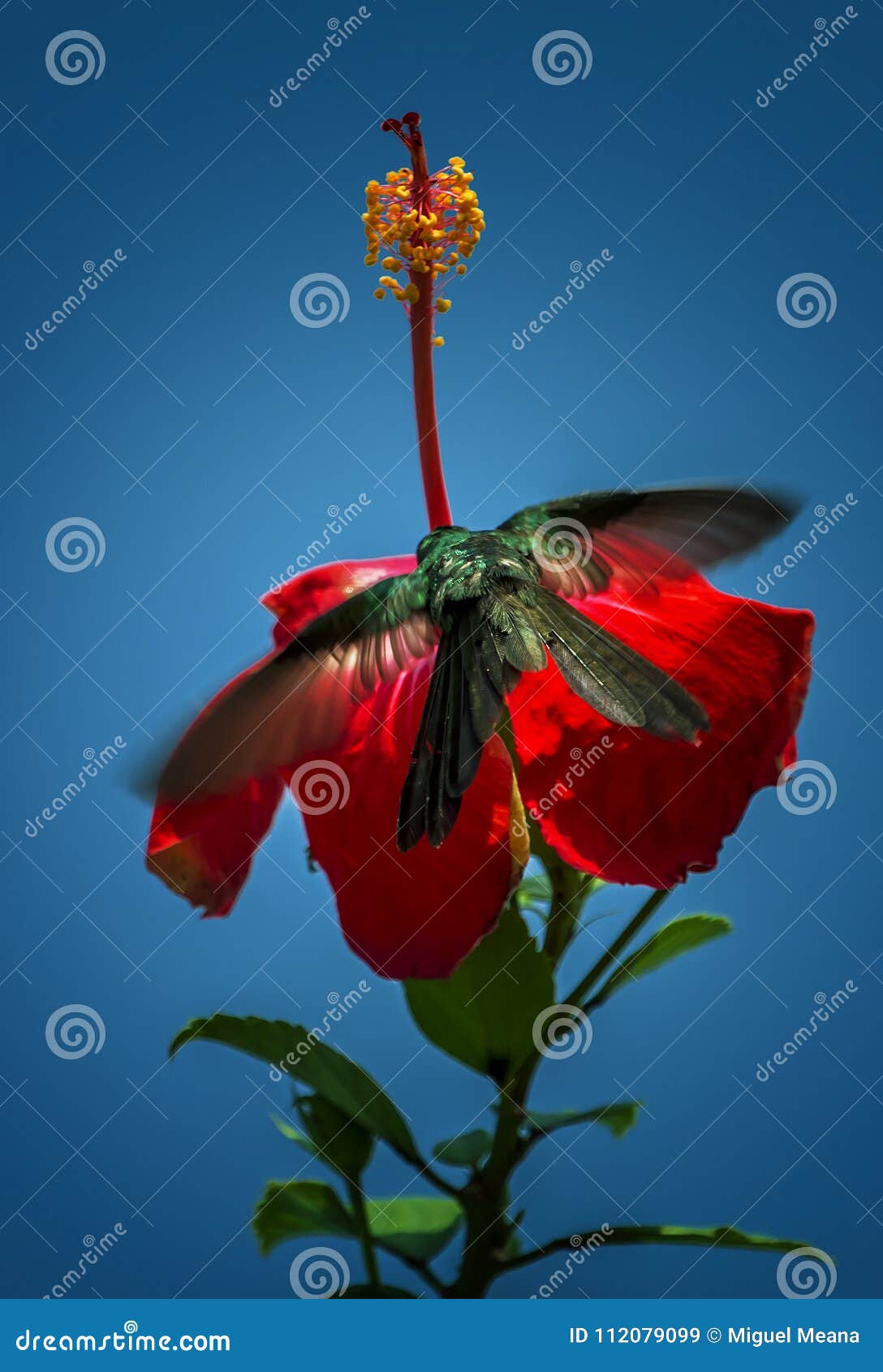Hummingbird Feeding on the Flower 2 Stock Photo Biology Diagrams Sugary nectar accounts for 90% of a hummingbird's diet, supplying them with energy. Native plants like bee balm, hummingbird sage, and trumpet honeysuckle provide more nectar than hybrids and exotics. For a proper discourse on the hummingbird food chain, we must take a look into what food chain really means. Food chain refers to the feeding hierarchy of organisms within an ecosystem, usually grouped into a trophic or nutritional level. This is because tree sap is a great alternative to flower nectars. Just like nectar, tree sap is

Understanding the hummingbird food diet will help to create a backyard habitat for them and we will be able to contribute in ways that assure their survival. I've learned to consider the consequences to the food chain of birds. You might plant a hummingbird flower garden which can include a hummingbird vine and/or a butterfly bush. The co-adaptations between flower form and hummingbird feeding approach enhance both nectar intake and pollination. Monitoring floral resources helps hummingbirds track the status of food availability. Changes in flower bloom patterns over seasons inform migration decisions and timing. The presence of flowers stimulates complex behaviors

Hummingbird Food and Eating Biology Diagrams
When feeding, a hummingbird will insert its beak into a flower and then rapidly move its tongue in and out to lap up nectar. The grooves provide channels for this lapping action, allowing the nectar to move into the bird's mouth through capillary action. Tips. The tips of hummingbird beaks are pointed to precisely fit into flower openings. A single hummingbird may also consume hundreds of fruit flies a day. Finding Food. The hummingbird's brain is tiny, no bigger than a pea, but it's quite large for the size of its body. This brain lets it remember exactly where it found a meal yesterday and find that patch of flowers or hummingbird feeder again using visual landmarks.

- Most hummingbird species are highly territorial and aggressive. Males will actively defend nectar-rich flower territories against intruders. - Hummingbirds utilize torpor, a state of decreased physiological activity, to conserve energy overnight or when food is scarce. Their high metabolism prohibits full hibernation. Hummingbirds as A hummingbird's tongue is specially adapted to draw nectar from flowers. They have a long, narrow tongue that is divided into two parts and fringed with hairs. These hummingbirds rely almost entirely on flower nectar as their primary source of food. Ruby throated hummingbirds are stunning birds that produce a vibrant iridescent red
